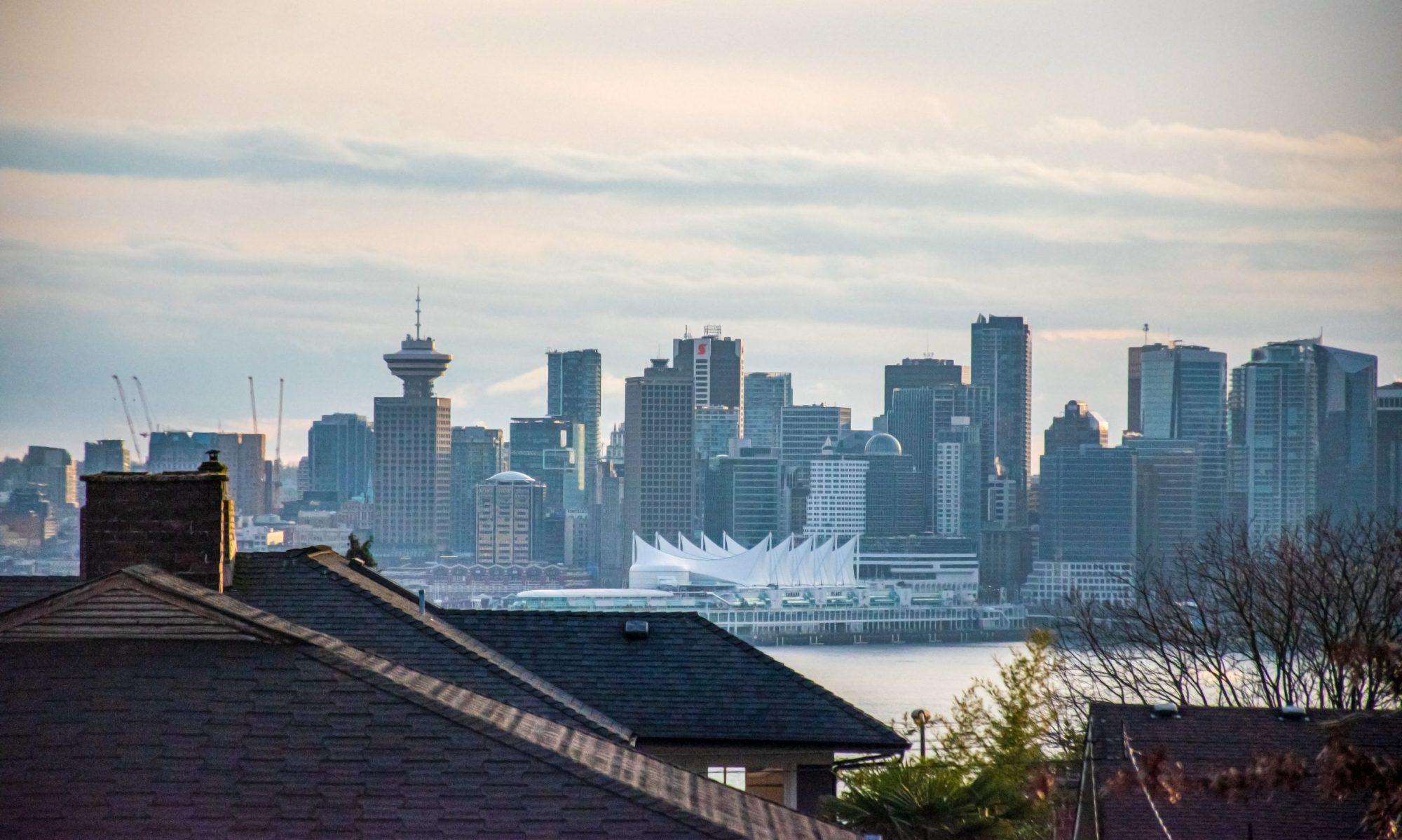How we design cities needs an anti-racist revolution.
By: Jo Fitzgibbons (UBC, UW Planning), Joanna Gao (UW Planning), Isha Grewal (UW Planning), Emily Tran (UW Planning), and Katie Turriff (UBC MCRP, UW Planning).
People are rising against police violence and racism globally. Abolitionists argue the system is beyond repair and police forces must be dismantled and replaced by unarmed and compassionate community safety groups.
Dramatic restructuring should not stop there.
It’s naive to think leaders authorizing police budgets aren’t also authorizing urban planning decisions. We must abolish city planning as we know it, and rebuild with anti-racism and anti-colonialism at its core.
Streets are the fixed backdrop of recent protests. These streets, neighbourhoods, and cities are often designed to uphold and spatialize white supremacy.
‘Urban renewal’ strategies beautify streets and raise property values, which often displaces marginalized residents. Infrastructure and service budgets prioritize affluent neighbourhoods, leaving poorer neighbourhoods without adequate transit or other services. Not to mention the dislocation of Indigenous Peoples from their territories, which planning continues to support. This is Canadian planning.
Most planners would hate to think their work advances structural violence, but this is what happens when planners refuse to engage in activism and instead portray their work as unbiased, neutral, and scientific. It may be true that we use data and evidence to make decisions and recommendations, but no recommendation about how resources are allocated is neutral.
We are a group of planning students and recent graduates ranging from undergraduate to PhD level. Recent calls for racial justice made us reflect on whether principles of anti-racism were built into our curriculum and practice. We found the opposite: our education is whitewashed, and our profession upholds racist, colonial structures of oppression. Topics such as redlining and environmental racism, for example, receive insufficient attention in planning education, despite their lasting impacts.
Redlining was – or is, if you consider current financial barriers that People of Colour still experience due to this history – a practice that enforced racial segregation of neighbourhoods through the denial of services and mortgages to Black residents. This practice prevented Black people from owning property and building equity. This is one of the reasons the racial wealth gap exists today.
Environmental racism refers to the planned, spatial oppression of People of Colour. Across North America, communities of colour have less access to green space and are instead located nearer to noxious sites, which impacts health, wellbeing, and childhood development. In Canada, the classic example is Africville, an all-Black neighbourhood in Halifax, Nova Scotia. Africville was denied basic urban services until the city ultimately declared it a “slum” and demolished the community in 1970, dislocating Black residents to make room for the McKay Bridge and a dog park.
Planning curricula largely ignores these racist histories. White voices are typically privileged over Black ones – such as the reverence of Jane Jacobs, a white woman mainly active during the Civil Rights Movement – and comparative disregard for Black activists like James Baldwin who fought slum removal, which disproportionately affected Black and Latino communities in New York.
Additionally, there is little recognition that planning practice in Canada is a tool for organizing Indigenous land for productivity and sale. Or, the discussion ends with a simple land acknowledgement, as if planning is doomed to this reality.
The concept of ‘planning’ exists in all cultures, but not all concepts of planning are rooted in white supremacy and colonialism. Why are Canadian planners stuck in our ways? To break this cycle, planning schools must teach these histories, and practitioners must challenge their assumptions about where and when planning began, and who it primarily serves.
We can start this reform by changing curricula to address the full history of planning, from its violent capabilities to its multicultural possibilities.
Planners must be honest about our profession’s dark history. Assigned readings must reflect the diversity of urban experiences rather than just privilege white voices. Schools must do better to attract, recruit, and retain Black and Indigenous scholars, as full-time, tenure-track faculty members, to teach planning classes, and to sit in residence positions. These recommendations echo some of those Jay Pitter recently published in ‘A Call To Courage.’ These calls to action are not limited to classrooms, as practicing planners have a duty to continue their professional education.
For practicing planners and public servants, doing better means changing racist bureaucratic structures – of which we are all participants – from the inside. It means pushing for more public engagement funding so that Black, Indigenous and other People of Colour are paid for the time and energy they spend sharing their expertise, and actually enabling them to be decision-makers for their communities instead of treating them as data points. It means planning directors need to go beyond signing petitions; they must immediately change their hiring practices. It means being a good listener first, and a technical expert second.
If we really hope to build better, fairer, and more sustainable cities, doing this hard work is non-negotiable. It is time for planning’s anti-racist revolution.
